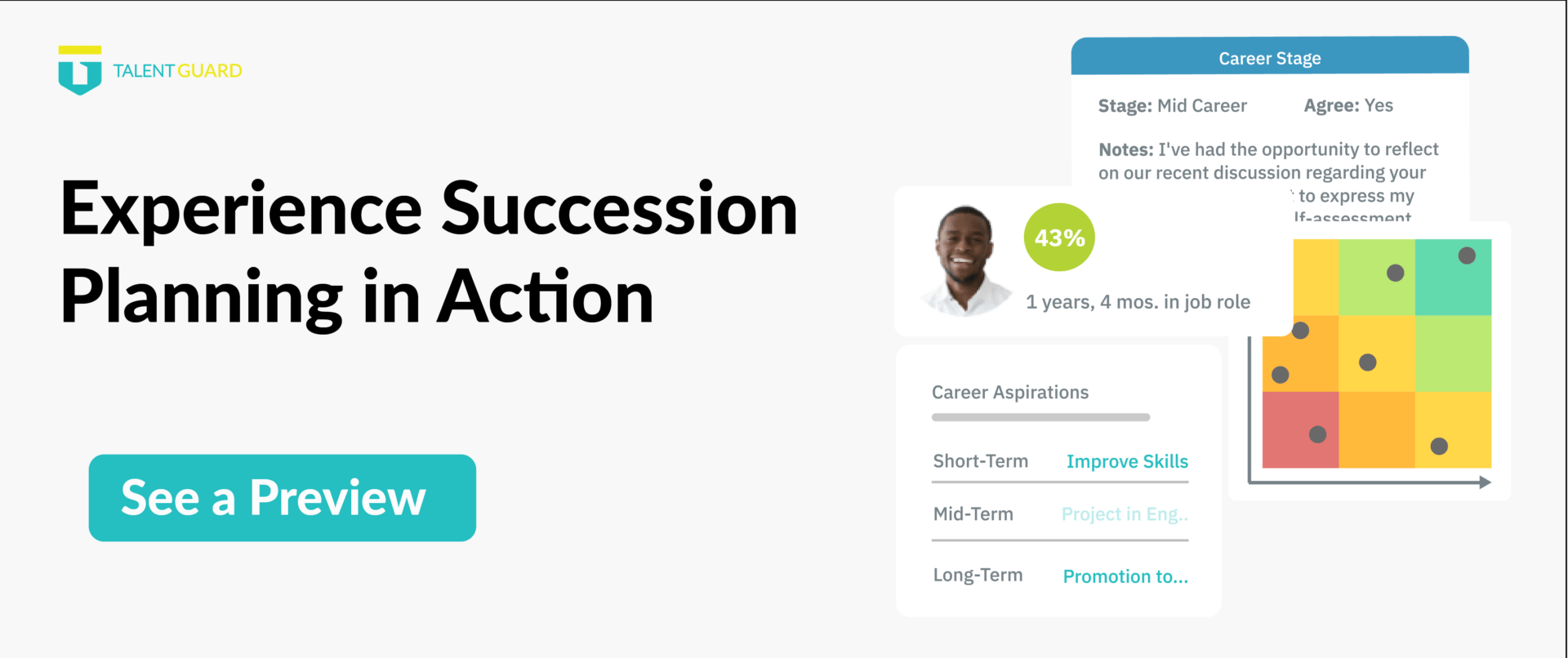A New Skills Taxonomy for Talent Management
Overcoming HR Reluctance to Implement a New Skills Taxonomy for Data-Driven Talent Management

As organizations strive to stay ahead in the competitive landscape, integrating a new skills taxonomy into talent management processes is a pivotal transformation. However, this endeavor is often resisted, particularly by HR professionals who fear the perceived implementation challenges. This blog post will explore the change management processes required to successfully introduce a new taxonomy, address HR’s reluctance, and highlight the importance of laying this foundation for driving data-driven decisions in career pathing and succession planning.
Understanding HR’s Reluctance:
1. Time Constraints: HR professionals are often inundated with various responsibilities and may fear that implementing a new skills taxonomy will consume too much time and resources, detracting from other critical tasks.
2. Manager Adoption: Getting managers on board with the new process can be daunting. HR may fear resistance from managers who are comfortable with existing methods and reluctant to embrace change.
3. Perceived Complexity: Introducing a new skills framework may seem complex and overwhelming, prompting apprehension about the challenges involved in defining and categorizing skills across the organization.
Change Management Strategies:
1. Clear Vision and Communication: Communicate a clear vision for why the new skills taxonomy is essential and how it aligns with the organization’s strategic objectives. Engage stakeholders in open dialogue to address concerns and build buy-in from HR and management.
2. Pilot Programs: Start small by piloting the new skills taxonomy in select job families or departments. This allows for testing and refinement before full-scale implementation, easing HR’s concerns about time and resources.
3. Training and Support: Provide comprehensive training and ongoing support to HR professionals and managers to ensure they understand the benefits of the new skills taxonomy and feel equipped to implement it effectively.
4. Change Champions: Identify and empower change champions within HR and management who can advocate for the new process, overcome resistance, and drive adoption among their peers.
Importance of a New Skills Taxonomy:
A skills taxonomy is the foundation for effective talent management practices, including career pathing and succession planning. Organizations can make informed, data-driven decisions about talent development and deployment by accurately defining and categorizing skills.
Starting with the Most Important Job Families:
To streamline implementation and maximize impact, it’s crucial to prioritize the most important job families or roles within the organization. By focusing on key areas first, HR can demonstrate the value of the new skills taxonomy and generate momentum for broader adoption.
Driving Data-Driven Decisions:
A new skills taxonomy enables organizations to leverage data for strategic talent management initiatives. From identifying skill gaps and development opportunities to aligning talent with business objectives, data-driven decisions empower organizations to thrive in today’s competitive landscape.
Introducing a new skills taxonomy into talent management processes requires thoughtful change management strategies and a commitment to overcoming HR’s reluctance. By fostering clear communication, providing support and training, and prioritizing key areas, organizations can lay the foundation for data-driven decision-making in career pathing and succession planning. Let’s embrace change as an opportunity for growth and innovation, driving our organizations forward into a future of success.
We invite you to read our latest white paper about implementing strategic workforce development into your organization to power succession and career pathing the right way.
Personalized and Targeted Career Growth
The traditional one-size-fits-all approach to talent management no longer suffices. Organizations must recognize and adapt to the individual needs of their employees, empowering them to take charge of their career paths. TalentGuard is at the forefront of this transformative wave with personalized and targeted career growth. Our self-serve talent solution is designed to help employees […]
Dynamic Succession Planning for Better Workforce Planning
Succession planning remains a critical yet challenging process. Gartner’s latest Innovation Insights report states, “a staggering 75% of TM leaders have revamped their succession planning processes in the last 18 months.” Despite these efforts, nearly half believe their Human Capital Management (HCM) technology lags behind their current TM strategies. This disconnect highlights a crucial gap […]
Succession Planning for Business Growth and Resilience
Succession Planning for Business Growth and Resilience Succession planning is more than just a buzzword in today’s fast-paced business landscape; it’s a critical strategy for ensuring organizational resilience and long-term success. Yet, despite its acknowledged importance, many organizations still approach succession planning in a limited and outdated manner, often focusing solely on the top echelons […]




